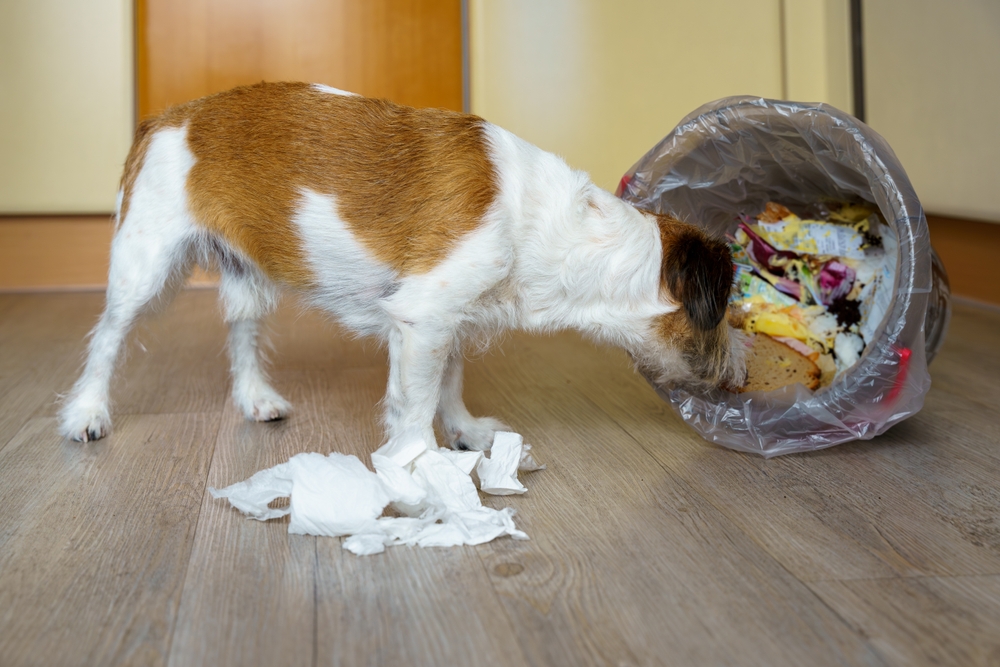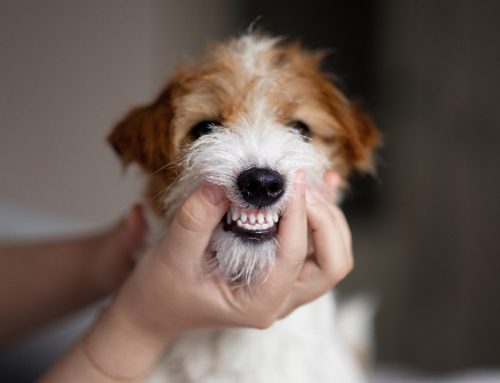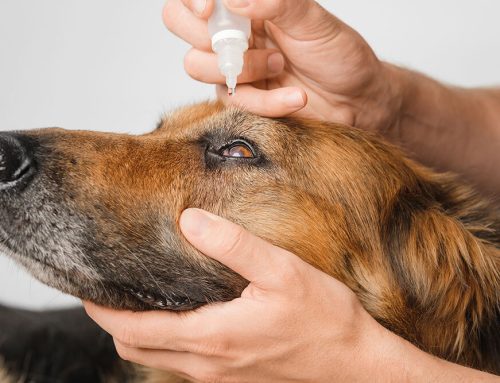Swallowed Something? A Vet’s Guide to Foreign Object Surgery
If your pet has ever turned a sock, a toy, or a mystery object from the trash into a snack, you’re not alone. Pets- especially the younger, more curious ones- have an uncanny ability to find and swallow things they absolutely shouldn’t. At Stanton Pet Hospital in Stanton, California, we understand how stressful it is to realize your pet may have ingested something dangerous. We’re here to help you understand what’s happening, what comes next, and how to keep your pet safe and healthy moving forward.
What Is a Foreign Body?
In veterinary medicine, a “foreign body” is anything that your pet swallows that isn’t digestible. These can be as predictable as a sock or as surprising as a corn cob. Common examples include:
- Small toys
- Bones
- Feminine hygiene products
- Hair ties and string
- Rocks or gravel
Once swallowed, these objects can become lodged in the gastrointestinal (GI) tract, potentially leading to obstruction, damage, or even life-threatening infections. For more information, check out Gastrointestinal Foreign Bodies in Small Animals – ACVS.
Why Pets Ingest Non-Food Items
Understanding the “why” behind this behavior can help prevent it in the future:
- Curiosity: Especially in puppies and kittens, mouthing and chewing are part of exploring their environment.
- Teething: Young pets may chew more during teething stages.
- Dietary Indiscretion: Some pets simply aren’t picky about what they eat.
- Pica: A behavioral or medical condition where pets are driven to eat non-food items.
- Boredom or Anxiety: Chewing and eating objects can be self-soothing behaviors.
- Breed Tendencies: Some breeds, like Labradors, seem especially prone to scavenging.
Warning Signs: What to Watch For
Sometimes the signs that your pet has swallowed something aren’t obvious at first. Symptoms often develop over time and vary depending on the object and where it’s stuck.
Early symptoms may include:
- Vomiting (especially undigested food or bile)
- Loss of appetite
- Abdominal discomfort or bloating
- Lethargy
More severe signs can include:
- Persistent vomiting with or without blood
- Diarrhea or lack of bowel movements
- Fever
- Dehydration
- Weakness
Different symptoms may occur based on where the object is lodged:
- Esophageal obstructions may cause gagging or drooling
- Stomach blockages often result in repeated vomiting
- Intestinal blockages might cause pain and sudden lethargy
Why Prompt Treatment Is So Important
Delaying care for a suspected foreign body can make things worse. What begins as a mild obstruction can turn into a medical emergency involving:
- Intestinal perforation
- Peritonitis (a severe abdominal infection)
- Sepsis
- Irreversible organ damage
These situations are life-threatening, which is why early diagnosis and treatment are essential. Learn more about exploratory surgery and emergency intervention.
How We Diagnose a Foreign Body
At Stanton Pet Hospital, we use a combination of physical exams and diagnostic tools to determine whether your pet has swallowed something and where it might be.
- Physical exam: We palpate the abdomen to detect pain, bloating, or masses.
- X-rays: Can help identify objects or blockages, especially if the material is radiopaque.
- Contrast studies: Barium may be used to highlight an obstruction if the object itself doesn’t show on X-rays.
- Ultrasound: Useful for spotting soft tissue obstructions and evaluating GI motility.
- Bloodwork: Assesses hydration, infection, and organ function.
Treatment Options: What Happens Next
Treatment depends on the location, size, and nature of the object. Options include:
Conservative Management
If the item is small and not causing distress, we may recommend monitoring and supportive care. Inducing vomiting may be appropriate if the object was swallowed recently and is still in the stomach.
Endoscopic Retrieval
In some cases, an endoscope can be used to retrieve the object without surgery. This is only possible when the object is within reach and the patient is stable.
Surgical Removal
If the object is causing an obstruction or cannot be removed endoscopically, surgery may be necessary. Procedures include:
- Gastrotomy: Removal through the stomach
- Enterotomy: Removal through the intestine
- Resection and Anastomosis: Removal of a damaged section of intestine followed by reconnection
Post-operative care may include:
- IV fluids
- Pain management
- Antibiotics
- Bland diet reintroduction
- Close monitoring for signs of complications
Preventing Future Incidents
Once your pet is on the mend, it’s a great time to take steps to prevent a repeat event:
- Pet-proof your space: Keep laundry, trash, and small household items out of reach.
- Offer safe toys: Avoid toys with small parts that can be chewed off and swallowed.
- Supervise play: Especially with new toys or young pets.
- Training: Teach commands like “drop it” and “leave it.”
- Address behavior: Work with a veterinarian or trainer if your pet’s chewing is anxiety- or boredom-driven.
Explore more home safety tips.
Supporting Recovery at Home
Your pet will need rest and a calm environment during recovery. Here are a few ways to support healing:
- Offer soft bedding in a quiet area
- Limit jumping or running
- Follow medication instructions closely
- Keep the incision clean and dry
- Feed small, bland meals until normal digestion resumes
- Use an e-collar if needed to prevent licking the surgical site
When Things Get Weird: Unusual Cases
Not all cases are straightforward. Sometimes pets swallow something that causes only intermittent symptoms, is only partially obstructive, or forms a dense mass called a bezoar. Sometimes the object they swallow is dangerous (think heavy metal poisoning from batteries or coins and other toxins). These situations can require more extensive diagnostics or even multiple procedures.
Preparing for Your Appointment
If you suspect your pet has swallowed something, bring as much information as possible to your vet visit:
- Details of the incident: What was swallowed, and when?
- Visible evidence: Any toy pieces or packaging remnants
- Symptom log: When signs started and how they’ve changed
- Medication list: Include prescriptions, supplements, and over-the-counter products
Questions to ask your vet:
- What diagnostics do you recommend and why?
- What are the risks and benefits of surgery vs. conservative management?
- What will recovery look like?

FAQs
Can a foreign body pass on its own?
Sometimes, but not always. It depends on the object’s size, shape, and material. Monitoring at home without veterinary guidance is not recommended.
Is surgery always necessary?
No. In some cases, vomiting may be induced or the object retrieved with an endoscope. But if the object is causing a blockage or is sharp, surgery is often the safest option.
What’s the recovery time after surgery?
Most pets recover in 10 to 14 days with proper care, though full healing may take longer depending on the severity.
We’re Here to Help
No one wants to deal with the stress of a swallowed object, but it happens more often than you’d think. At Stanton Pet Hospital, we’re here to provide compassionate, expert care from diagnosis through recovery. If you think your pet may have swallowed something they shouldn’t have, contact us or meet our team. We’re here to help your pet feel better- and keep them out of the laundry basket next time.






Leave A Comment